Home>Furniture & Design>Living Room Furniture>How To Fix A Electric Recliner
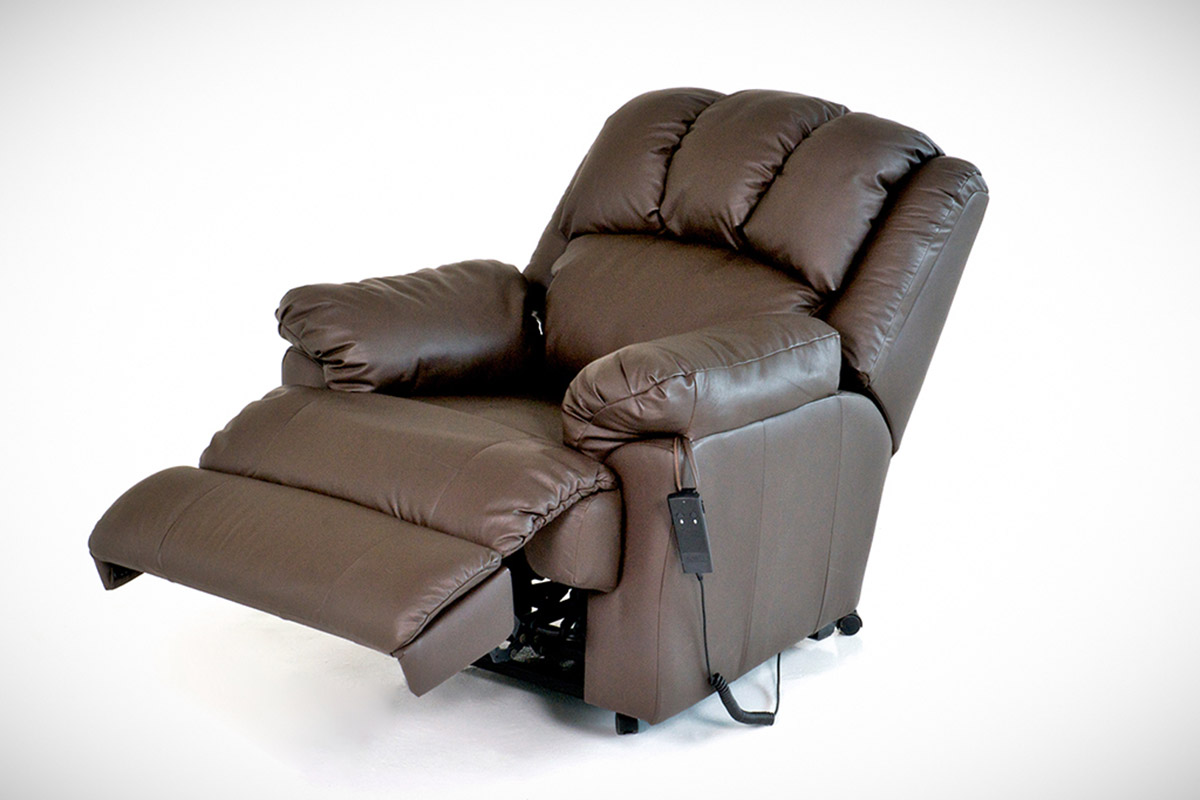

Living Room Furniture
How To Fix A Electric Recliner
Modified: January 9, 2024
Learn how to fix your electric recliner quickly and easily with our step-by-step guide. Enhance the comfort and functionality of your living room furniture with our expert tips and advice.
(Many of the links in this article redirect to a specific reviewed product. Your purchase of these products through affiliate links helps to generate commission for Storables.com, at no extra cost. Learn more)
Introduction
Welcome to our guide on how to fix an electric recliner. Electric recliners offer unparalleled comfort and convenience, allowing you to relax and unwind with just the push of a button. However, like any other piece of furniture, electric recliners may encounter issues over time. Whether it’s a malfunctioning motor, a faulty remote control, or a power supply problem, knowing how to troubleshoot and fix these issues can save you both time and money.
In this article, we will walk you through a step-by-step process to help you identify and resolve common problems with your electric recliner. While some issues can be easily fixed by following simple troubleshooting steps, others may require professional assistance. By gaining a deeper understanding of the inner workings of your electric recliner, you’ll be able to tackle minor repairs on your own and keep your favorite piece of furniture in top-notch condition.
It’s important to note that working with electrical appliances carries some risk. If you’re not comfortable handling electrical components or if your recliner is still under warranty, it’s advisable to contact the manufacturer or a professional technician. However, for those who are willing to give it a try, let’s dive into the world of electric recliner troubleshooting and repairs.
Before we jump into the troubleshooting steps, make sure you have the following tools on hand:
- Screwdriver set (flathead and Phillips)
- Electrical tester or multimeter
- Lubricant
With these tools ready, let’s move on to the first step: identifying the issue with your electric recliner.
Key Takeaways:
- Troubleshooting your electric recliner can save time and money. From checking power supply to inspecting wiring connections, you can handle minor repairs on your own, but always prioritize safety and seek professional help if needed.
- Regular maintenance and care are crucial for prolonging the lifespan of your electric recliner. Following manufacturer’s guidelines and implementing routine cleaning and lubrication can prevent future issues and ensure long-term comfort and relaxation.
Read more: How To Fix A Recliner
Step 1: Identifying the Issue
When your electric recliner encounters a problem, the first step is to identify the specific issue. This will help you narrow down the troubleshooting process and determine the best course of action. Here are a few common issues you may come across:
- The recliner won’t recline or extend fully
- The recliner won’t recline or extend at all
- The motor is running but there is no movement
- The motor is unresponsive
- The recliner is vibrating or making unusual noises
- The power buttons on the remote control are not functioning
By understanding the specific issue, you can focus your efforts on troubleshooting the relevant components. For example, if the motor is running but there is no movement, the problem might lie with the recliner’s mechanism or wiring connections. On the other hand, if the power buttons on the remote control are not working, the issue might be with the remote control itself or the recliner’s power supply.
To further assist in identifying the issue, consider the following questions:
- Has the recliner been exposed to any physical damage or excessive force recently?
- Did the problem start suddenly or gradually?
- Have you recently performed any maintenance or repairs on the recliner?
- Is the issue limited to one specific function or affecting the entire recliner?
Answering these questions can provide valuable insights into the potential cause of the problem. In some cases, you might be able to identify the issue outright. However, if the problem remains unclear, proceed to the next step to check the power supply of your recliner.
Step 2: Checking Power Supply
One of the most common reasons for an electric recliner to malfunction is a power supply issue. Before diving into complex troubleshooting steps, it’s essential to check if the recliner is receiving adequate power. Here’s how:
- Ensure that the recliner is plugged into a functioning power outlet. Sometimes, the power cord can become loose or unplugged inadvertently. Double-check the connection to rule out any simple power-related issues.
- Test the power outlet with another electrical appliance to verify if it’s working correctly. If the outlet is not supplying power, you may need to consult an electrician to fix the issue.
- If the power outlet is working, inspect the power cord of the recliner for any signs of damage. Look for frayed wires, cuts, or loose connections. If you notice any damage, you will need to replace the power cord or have it repaired by a professional.
Once you have ensured that the power supply is not the cause of the problem, move on to the next step to inspect the power cord in more detail.
Note: Before working with any electrical components, always make sure to disconnect the recliner from the power source to prevent the risk of electric shock.
Step 3: Inspecting the Power Cord
After checking the power supply and ensuring that the recliner is properly connected to a functional power outlet, it’s time to inspect the power cord itself. A damaged or faulty power cord can prevent the recliner from functioning correctly. Here’s what you should do:
- Examine the entire length of the power cord for any visible signs of damage such as frayed wires, cuts, or exposed insulation. If you notice any issues, it’s crucial to replace the power cord to avoid any potential safety hazards or further damage to the recliner.
- Check for any loose connections between the power cord and the recliner. Ensure that the cord is securely plugged into the receptacle on the recliner and that there are no loose or bent pins. If the connection seems loose, try reinserting the cord to establish a secure connection.
- If the power cord appears to be in good condition and properly connected, use an electrical tester or multimeter to test the cord’s continuity. This will help determine if there are any breaks or interruptions in the flow of electricity through the cord.
If the power cord is damaged or faulty, it’s important to replace it with a new one. Contact the manufacturer or a professional to obtain the appropriate power cord for your recliner make and model. Avoid using a generic or incompatible power cord, as it may not meet the electrical requirements of your recliner.
Once you have inspected and resolved any issues with the power cord, move on to the next step to test the functionality of the remote control.
Step 4: Testing the Remote Control
The remote control is the primary interface for operating an electric recliner. If the recliner is unresponsive or not functioning as expected, the issue might lie with the remote control. To determine if the remote control is the culprit, follow these steps:
- Check the batteries: Start by inspecting the batteries in the remote control. Ensure they are properly inserted and haven’t expired. Sometimes, a simple battery replacement is all it takes to restore functionality.
- Test the remote control: Point the remote control towards the recliner and press the different buttons, including the power, recline, and footrest buttons. Look for any visual indicators on the remote, such as LED lights or an LCD display. If the remote control shows signs of power and the recliner responds to the commands, the remote is likely functioning correctly.
- Use an electrical tester: If the remote control doesn’t display any signs of power or the commands aren’t received by the recliner, use an electrical tester to check if the remote control is transmitting a signal. Follow the instructions provided with the tester to properly test the remote control’s functionality.
If the remote control is faulty, contact the manufacturer or a reputable dealer to obtain a replacement remote control. Make sure to provide them with the model and serial number of your electric recliner to ensure compatibility.
If the remote control is in working condition, but the recliner is still unresponsive, it’s time to move on to the next step: resetting the recliner.
Read more: How To Fix Recliner Footrest
Step 5: Resetting the Recliner
Resetting the recliner is a simple yet effective troubleshooting step that can resolve many common issues. Resetting the recliner involves cutting off the power supply temporarily to reset the internal components. Here’s how you can do it:
- Disconnect the recliner from the power source by unplugging it from the wall outlet or removing the power cord from the power supply.
- Wait for approximately 5 minutes to allow the internal capacitors to discharge completely.
- Reconnect the recliner to the power source by plugging it back into the wall outlet or reattaching the power cord to the power supply.
- Test the recliner’s functionality by using the remote control or the buttons on the recliner. Check if the recliner responds to the commands and if the issue has been resolved.
Resetting the recliner essentially restarts its internal system, which can help resolve minor software glitches or temporary malfunctions. While it may seem like a simple solution, it has been known to fix various problems and restore the recliner’s functionality.
If resetting the recliner doesn’t resolve the issue, it’s time to move on to more advanced troubleshooting steps, such as inspecting the motor or checking the wiring connections. These steps should only be attempted by those who are comfortable working with electrical components or have prior experience. If you’re not confident in your abilities or if your recliner is still under warranty, it’s best to contact the manufacturer or a professional technician for assistance.
Now, let’s move on to the next step: replacing or repairing the motor, if necessary.
Check the power source and connections to ensure they are secure and functioning properly. If the recliner still doesn’t work, consider checking the motor and control switch for any issues.
Step 6: Replacing or Repairing the Motor
If your electric recliner is still not functioning properly after going through the previous troubleshooting steps, it’s possible that the motor is the source of the problem. The motor is responsible for the reclining and extending movements of the chair. Here’s what you can do:
- Consult the manufacturer’s documentation: Refer to the user manual or documentation provided by the manufacturer to understand the specific motor model used in your recliner. This will help you identify the correct replacement motor, if needed.
- Inspect the motor: Carefully examine the motor for any visible signs of damage, such as loose wires, burnt components, or excessive dirt or debris. If you notice any issues, consider repairing or replacing the motor as necessary.
- Replacing the motor: If you have experience working with electrical components, you can attempt to replace the motor yourself. Disconnect the recliner from the power source and follow the manufacturer’s instructions for motor removal and replacement. Make sure to secure the new motor tightly and reconnect all wiring properly.
- Professional repair: If you’re uncomfortable working with electrical components or if you’re unsure about the exact cause of the issue, it’s best to seek professional help. Contact the manufacturer or a qualified technician who specializes in recliner repairs to diagnose and fix the motor-related problem.
Replacing or repairing the motor can be a more advanced task, and it might require technical expertise and specific tools. It’s important to approach this step with caution and safety in mind. If you’re unsure about your abilities or if your recliner is still covered under warranty, contacting a professional technician is always a good option.
Once you have resolved any motor-related issues, move on to the next step: checking the wiring connections.
Step 7: Checking the Wiring Connections
If your electric recliner is still experiencing problems, it’s time to inspect the wiring connections. Over time, the wiring connections within the recliner can become loose or disconnected, causing issues with the functionality of the chair. Here’s what you can do:
- Disconnect the recliner from the power source and ensure it is turned off.
- Remove the back cover or any access panels that allow you to access the internal components of the recliner.
- Visually inspect all the wiring connections, including those leading to the motor and the control panel. Look for any loose or disconnected wires.
- If you find any loose wires, carefully reconnect them and ensure they are securely fastened. Use electrical tape or wire connectors if necessary to provide additional stability.
- Inspect the wires for any signs of damage, such as frayed insulation or exposed wires. If you notice any damage, it’s important to replace the affected wires to prevent any safety hazards.
- Once you have checked and corrected any wiring issues, carefully put the back cover or access panels back into place.
After completing these steps, reconnect the recliner to the power source and test its functionality. Verify if the previous issues have been resolved and if the recliner is operating smoothly.
Checking and correcting wiring connections can often solve problems related to electrical malfunctions or intermittent issues. However, if the problem persists or if you’re uncomfortable working with electrical components, it’s advisable to contact the manufacturer or a qualified technician for further assistance.
Now that you’ve checked the wiring connections, let’s move on to the next step: lubricating the recliner mechanism.
Step 8: Lubricating the Recliner Mechanism
If your electric recliner is still not functioning smoothly despite the previous troubleshooting steps, it’s possible that the recliner mechanism needs lubrication. Over time, the moving parts of the recliner can become stiff or sticky, hindering their proper operation. Lubricating the recliner mechanism can help restore smooth movement and alleviate any friction-related issues. Here’s how you can do it:
- Identify the moving parts: Locate the key moving parts of the recliner mechanism, such as the pivot points, hinges, and tracks.
- Clean the parts: Before applying lubrication, clean the moving parts using a soft cloth or brush to remove any dust, debris, or old lubricant that may have built up over time.
- Choose the right lubricant: Select a high-quality, silicone-based lubricant or a specialized recliner mechanism lubricant. Avoid using oil-based lubricants or petroleum-based products, as they can attract dirt and cause damage to the recliner mechanism.
- Apply the lubricant: Use a small amount of lubricant on each of the identified moving parts. Be sure to follow the manufacturer’s instructions and apply the lubricant evenly and sparingly.
- Work the recliner: After applying the lubricant, gently work the recliner through its full range of motion several times to distribute the lubricant and ensure smooth operation.
Regularly lubricating the recliner mechanism every six to twelve months, or as recommended by the manufacturer, can help prevent future issues and extend the lifespan of your electric recliner.
If lubricating the recliner mechanism doesn’t resolve the problem or if you feel uncomfortable performing this task, it’s advisable to consult the manufacturer or a professional technician for further assistance.
Now that you’ve lubricated the recliner mechanism, let’s move on to the final step: contacting a professional technician, if needed.
Read more: How To Fix A Recliner Couch
Step 9: Contacting a Professional Technician
If you have followed all the previous troubleshooting steps and your electric recliner is still not functioning properly, it may be time to seek the expertise of a professional technician. While DIY fixes can often resolve common issues, some problems may require specialized knowledge and equipment to diagnose and repair effectively. Here’s what you should consider:
- Warranty coverage: If your electric recliner is still under warranty, check the terms and conditions. Attempting to repair the recliner yourself may void the warranty. Contact the manufacturer or the authorized service center recommended by the manufacturer for assistance.
- Complex repairs: Certain issues, such as extensive motor damage, complicated wiring problems, or internal component failures, are best left to professionals. They have the expertise and experience to accurately diagnose and resolve complex issues without risking further damage.
- Safety concerns: Working with electrical components can be hazardous if you’re not familiar with the proper procedures and precautions. Professional technicians are trained to handle electrical repairs safely and effectively.
- Access to spare parts: Professional technicians often have access to genuine replacement parts specifically designed for your electric recliner model. This ensures that the repaired recliner maintains optimal performance and longevity.
- Expert advice: Even if you’re unable to fix the issue yourself, consulting a professional technician can provide valuable insights and recommendations. They can advise you on the best course of action, whether it’s repair, replacement, or other options.
By contacting a professional technician, you can have peace of mind knowing that your electric recliner is being handled by someone with the necessary skills and knowledge to tackle the problem effectively.
Remember to provide the technician with all relevant information about the issues you have encountered, as well as any steps you have taken to troubleshoot the problem. This will help them in diagnosing the problem more efficiently.
With Step 9, you have completed the troubleshooting process for your electric recliner. Whether you were able to fix the problem on your own or needed professional assistance, you have taken the necessary steps to restore your recliner’s functionality. Sit back, relax, and enjoy the comfort of your electric recliner!
Remember, it’s important to regularly maintain and clean your electric recliner to prevent future issues. Refer to the manufacturer’s guidelines for recommended maintenance practices and adhere to them to keep your recliner in top condition for years to come.
Conclusion
In this comprehensive guide, we have walked you through the process of troubleshooting and fixing common issues with your electric recliner. From identifying the problem to contacting a professional technician, we have covered various steps to help you restore the functionality of your recliner.
By following the troubleshooting steps outlined in this guide, you have gained the knowledge and confidence to solve minor issues with your electric recliner on your own. From checking the power supply and inspecting the power cord to testing the remote control and lubricating the recliner mechanism, you have learned valuable techniques to address common problems effectively.
However, it’s important to remember that not all issues can be resolved through DIY methods. Complex motor replacements, extensive wiring problems, or internal component failures may require the expertise of a professional technician. Knowing when to seek professional help is crucial for the safety and optimal performance of your electric recliner.
Regular maintenance and care are also essential for prolonging the lifespan of your electric recliner. Following the manufacturer’s guidelines and implementing a routine cleaning and lubrication schedule can help prevent future problems and ensure that your recliner continues to provide comfort and relaxation for years to come.
Now that you have successfully navigated the troubleshooting process and have a deeper understanding of electric recliner repair, you’re well-equipped to tackle any future issues that may arise. Whether it’s a minor fix or seeking professional assistance, you have the knowledge to make informed decisions and keep your electric recliner in optimal condition.
Remember, while troubleshooting and repairing your electric recliner can be rewarding, it’s important to prioritize your safety and follow proper procedures. If you ever feel uncertain or uncomfortable with any step of the process, it’s advisable to contact the manufacturer or a professional technician for assistance.
Enjoy the comfort and relaxation that your electric recliner provides, knowing that you have the skills and resources to keep it functioning smoothly!
Frequently Asked Questions about How To Fix A Electric Recliner
Was this page helpful?
At Storables.com, we guarantee accurate and reliable information. Our content, validated by Expert Board Contributors, is crafted following stringent Editorial Policies. We're committed to providing you with well-researched, expert-backed insights for all your informational needs.
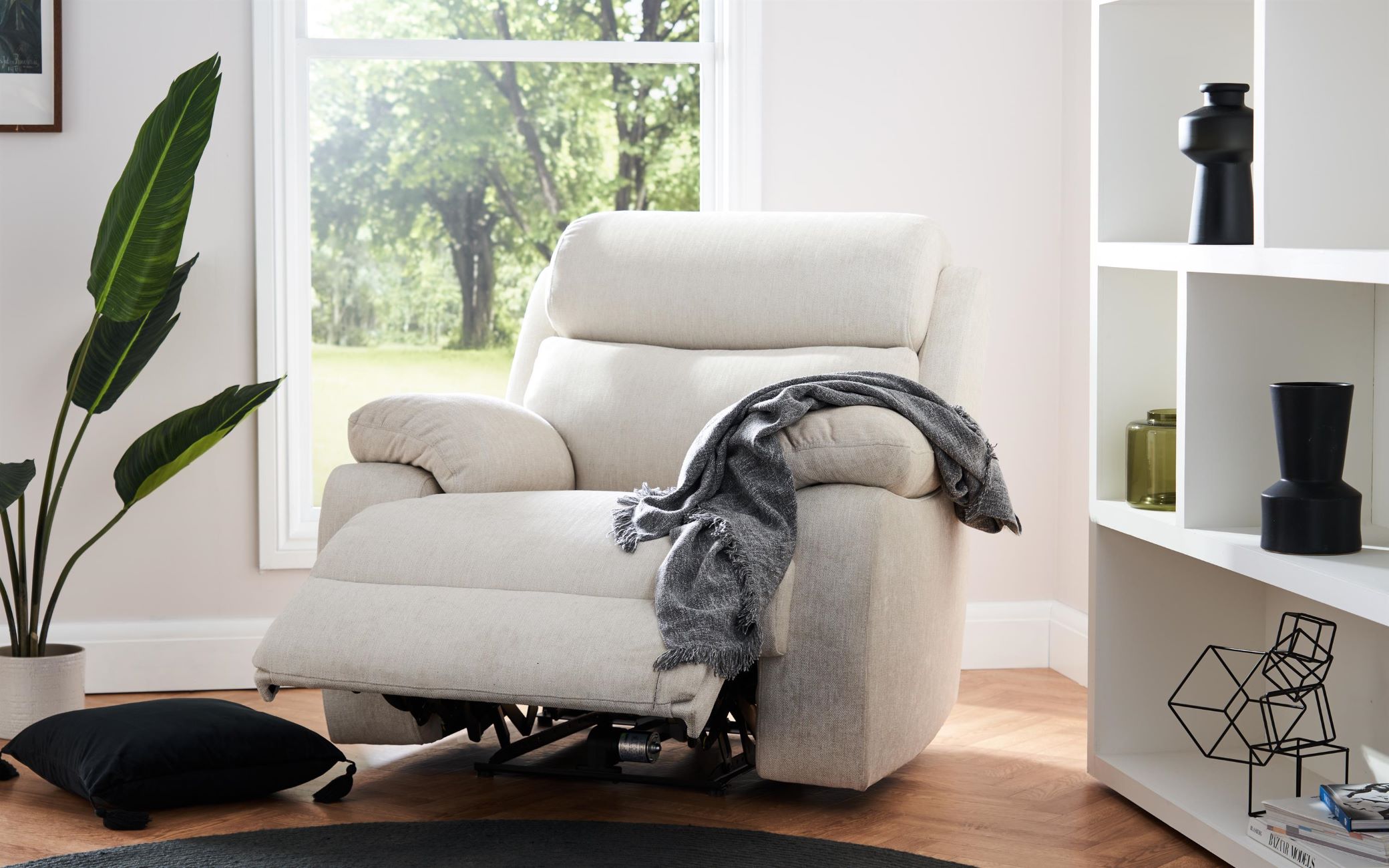
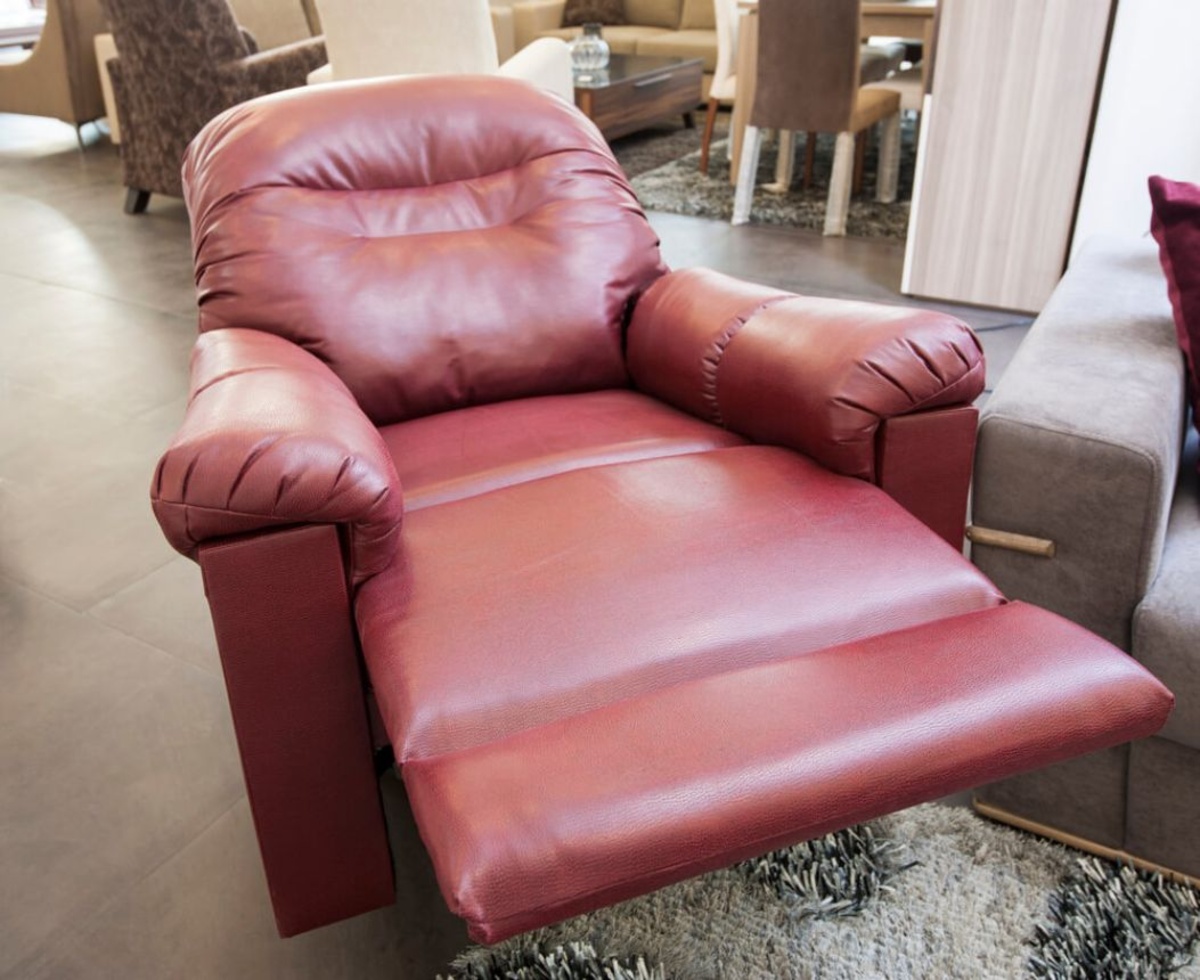
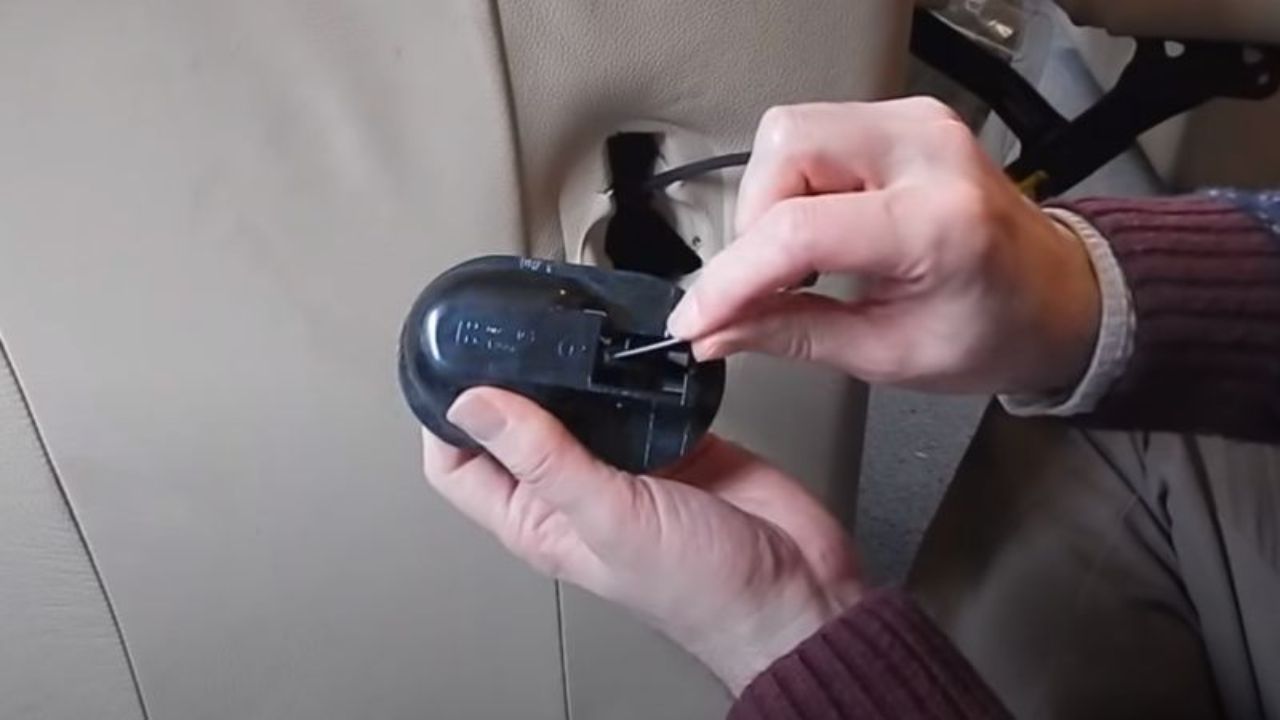
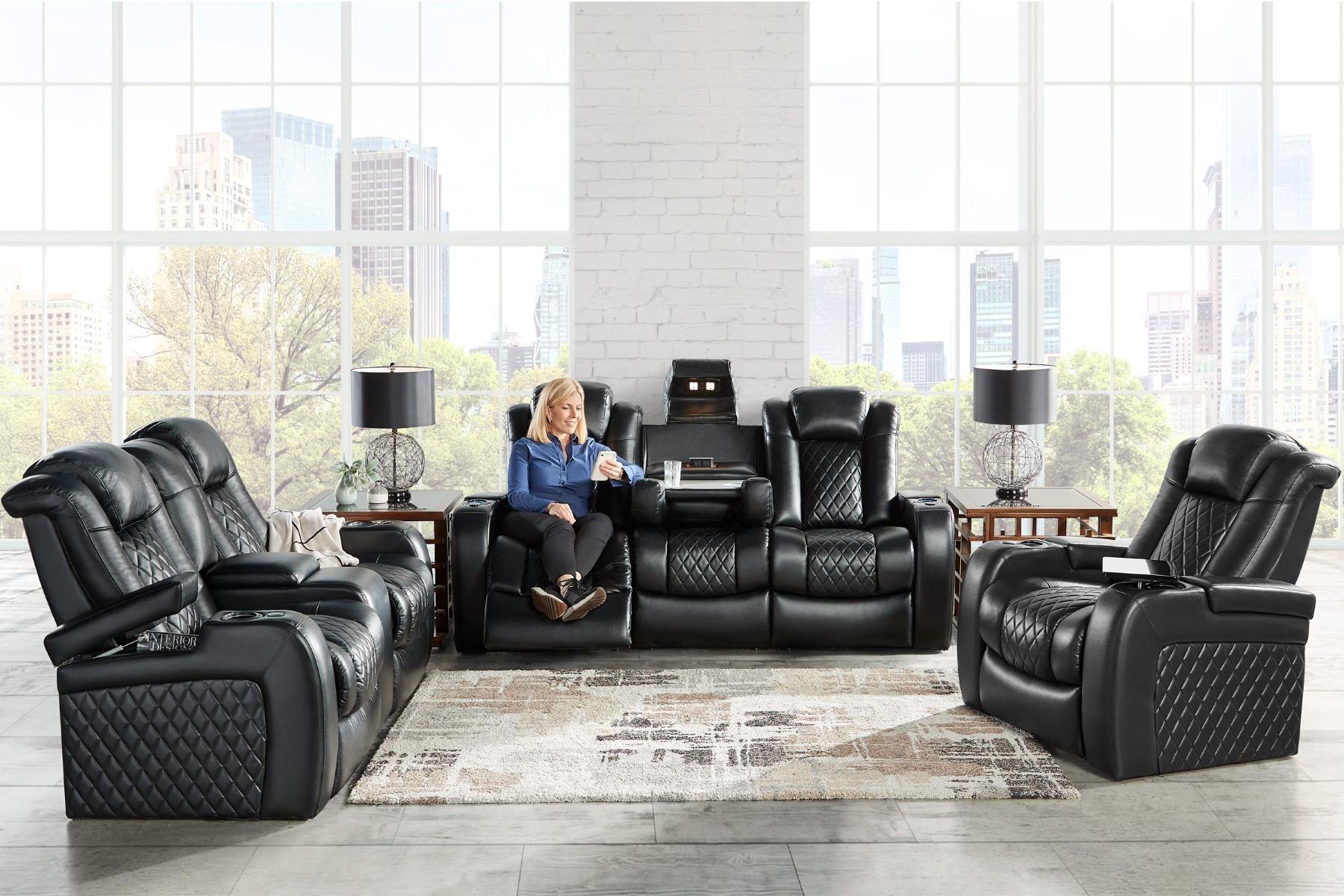
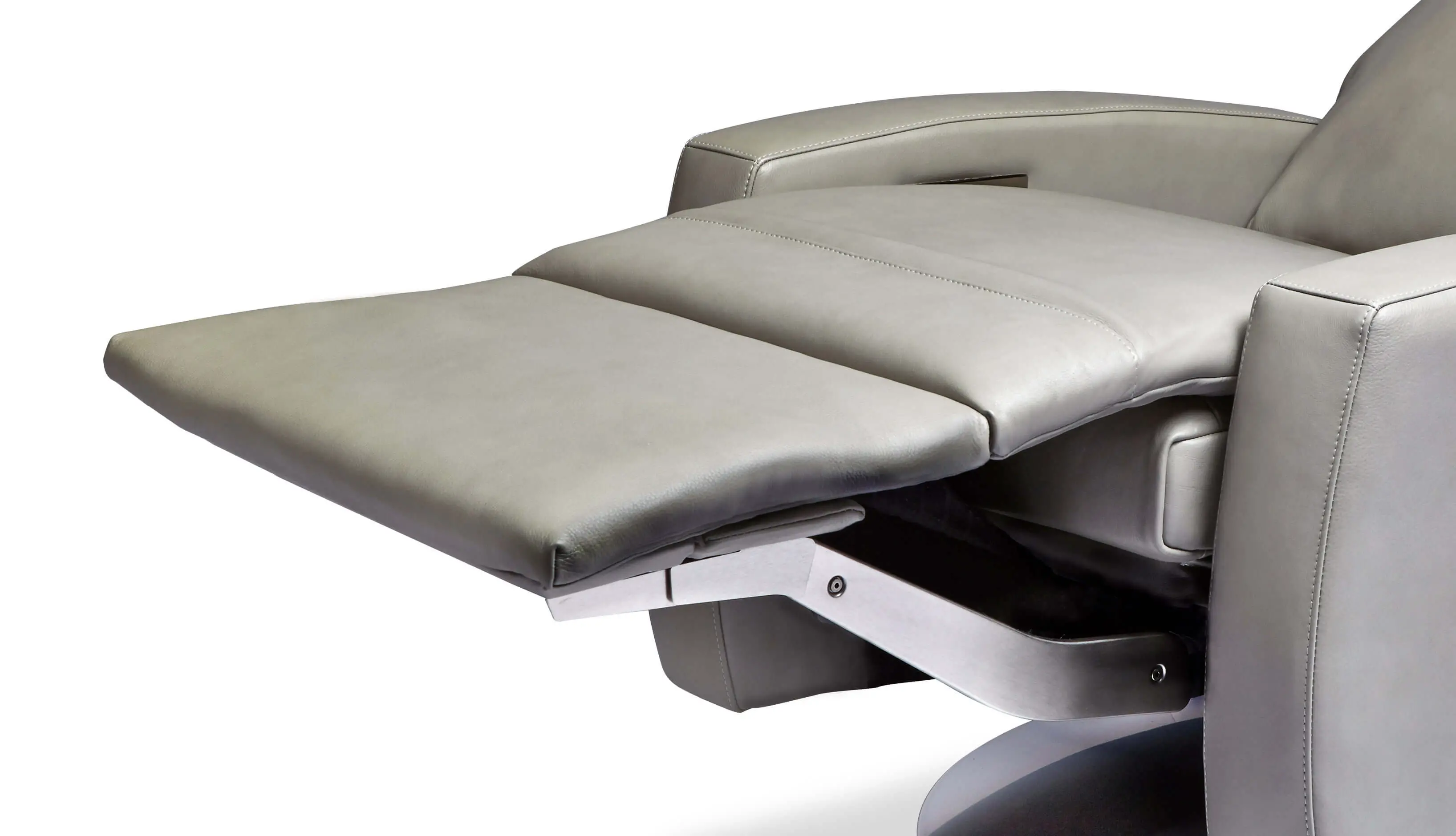
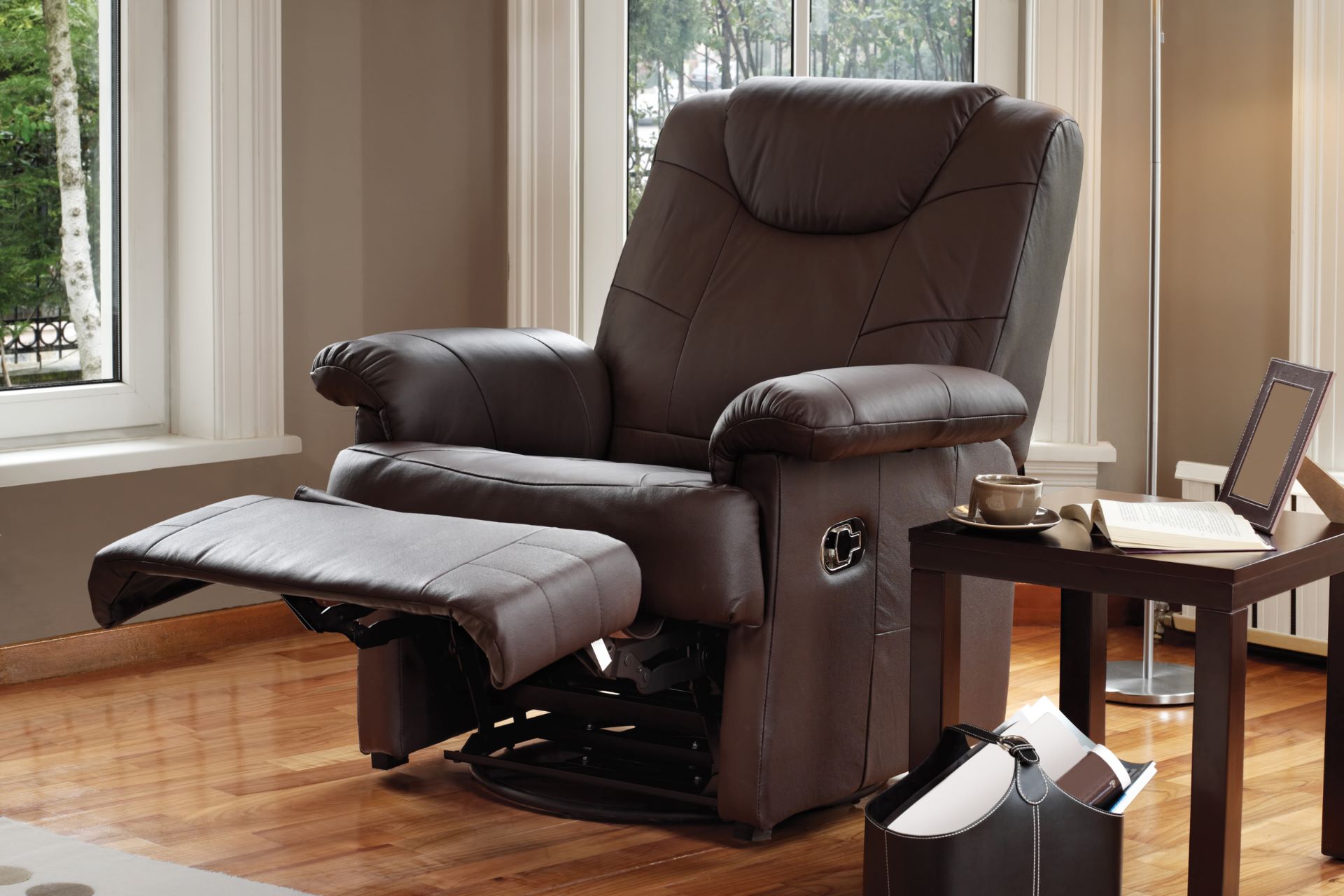
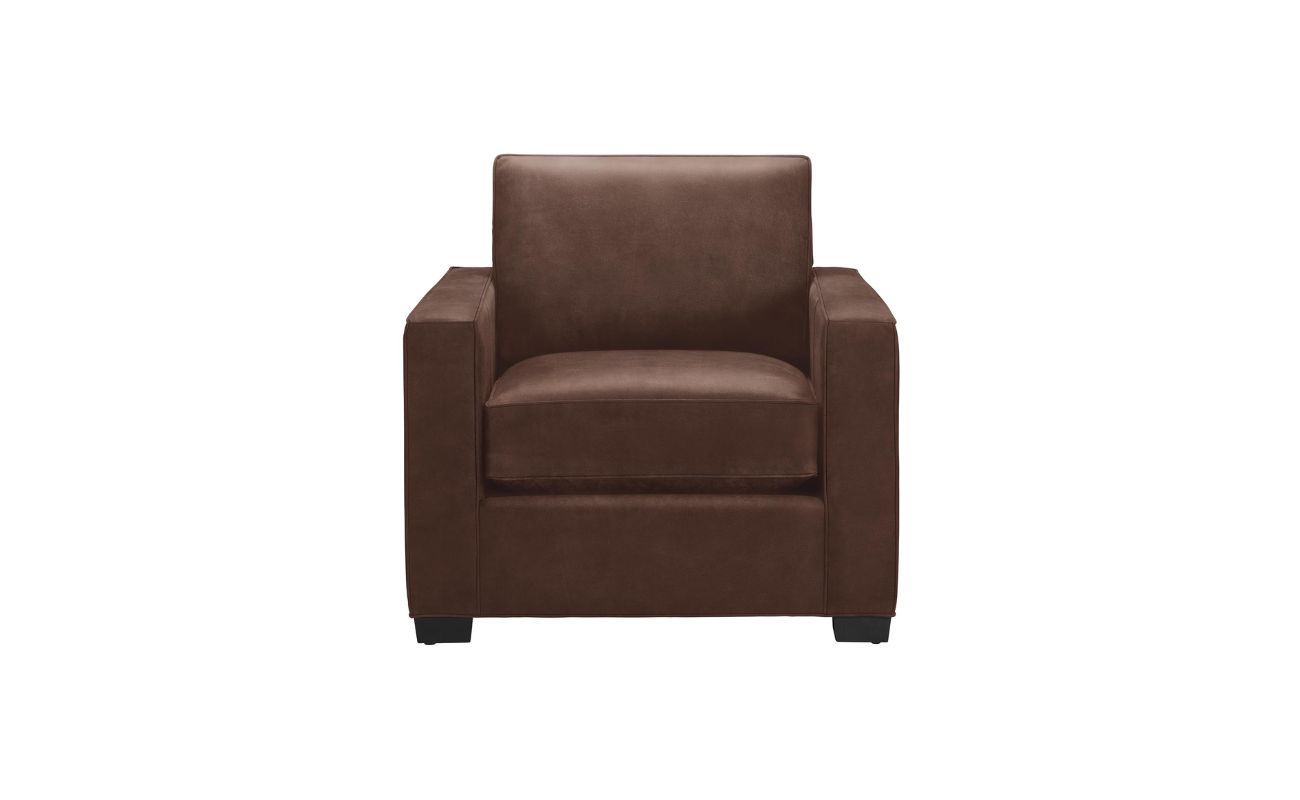
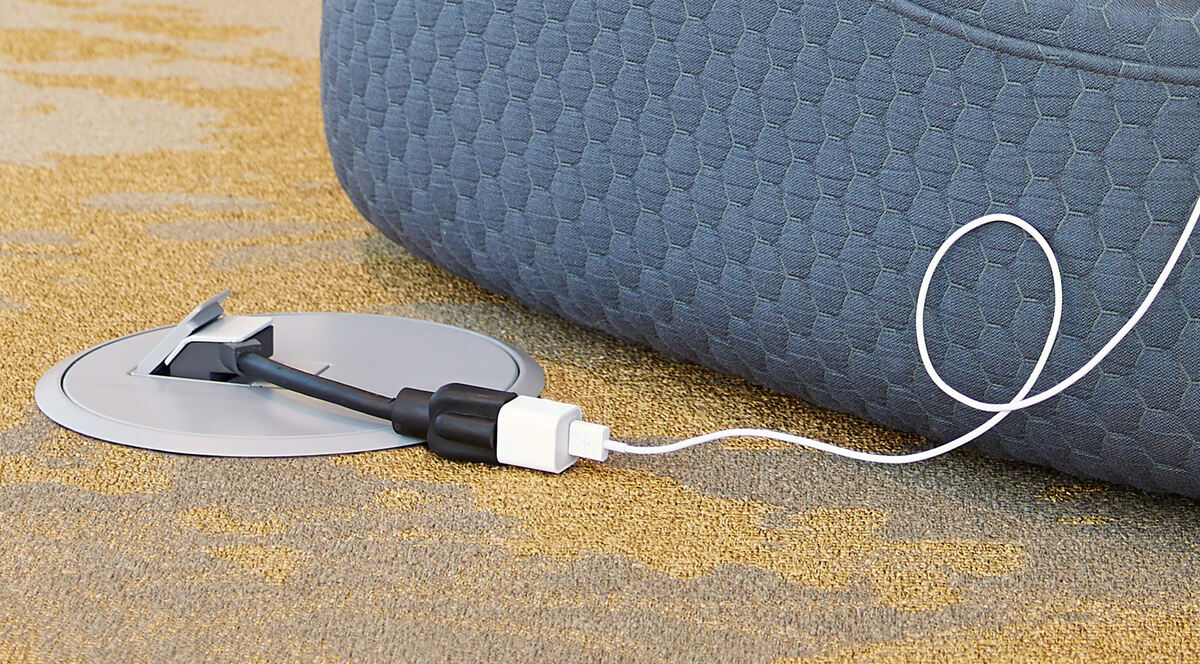
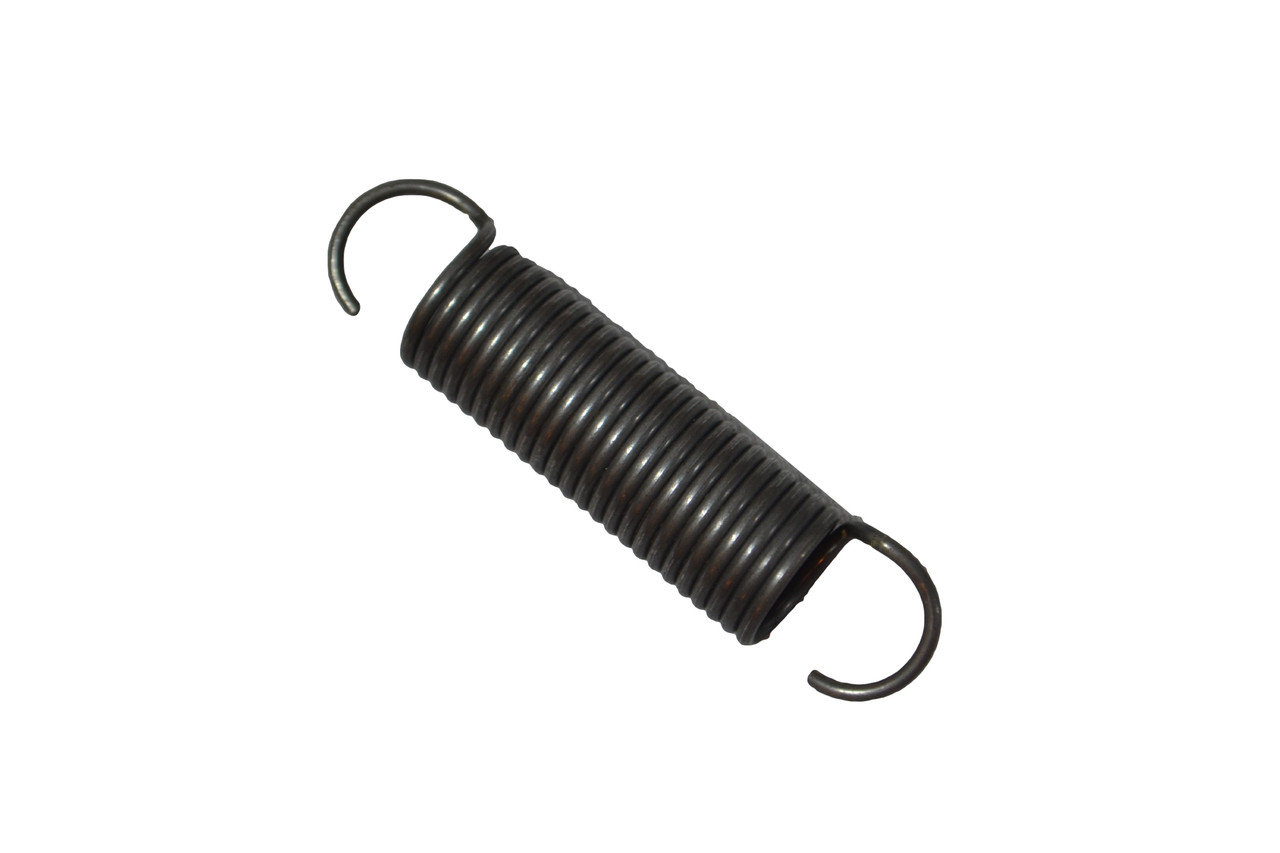
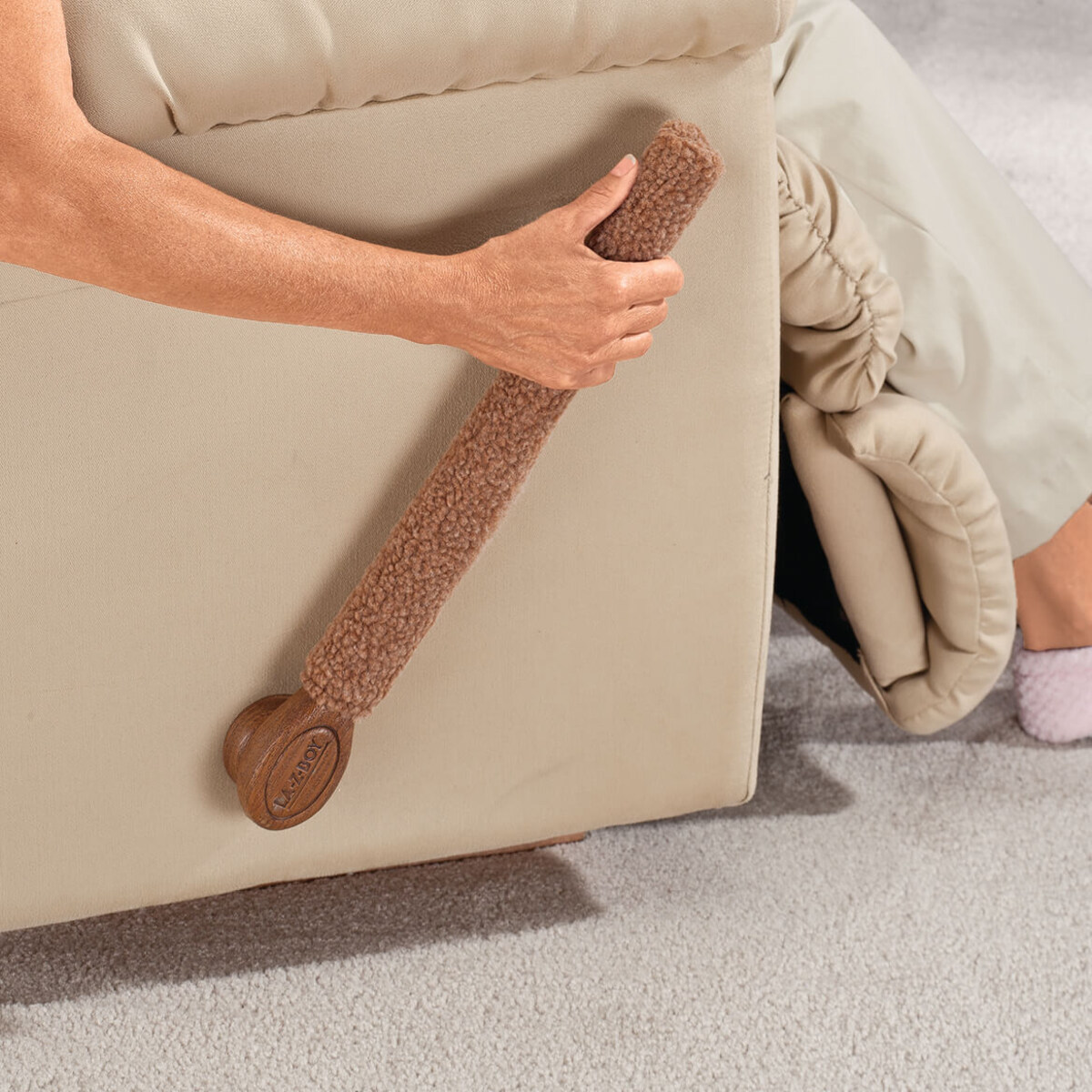
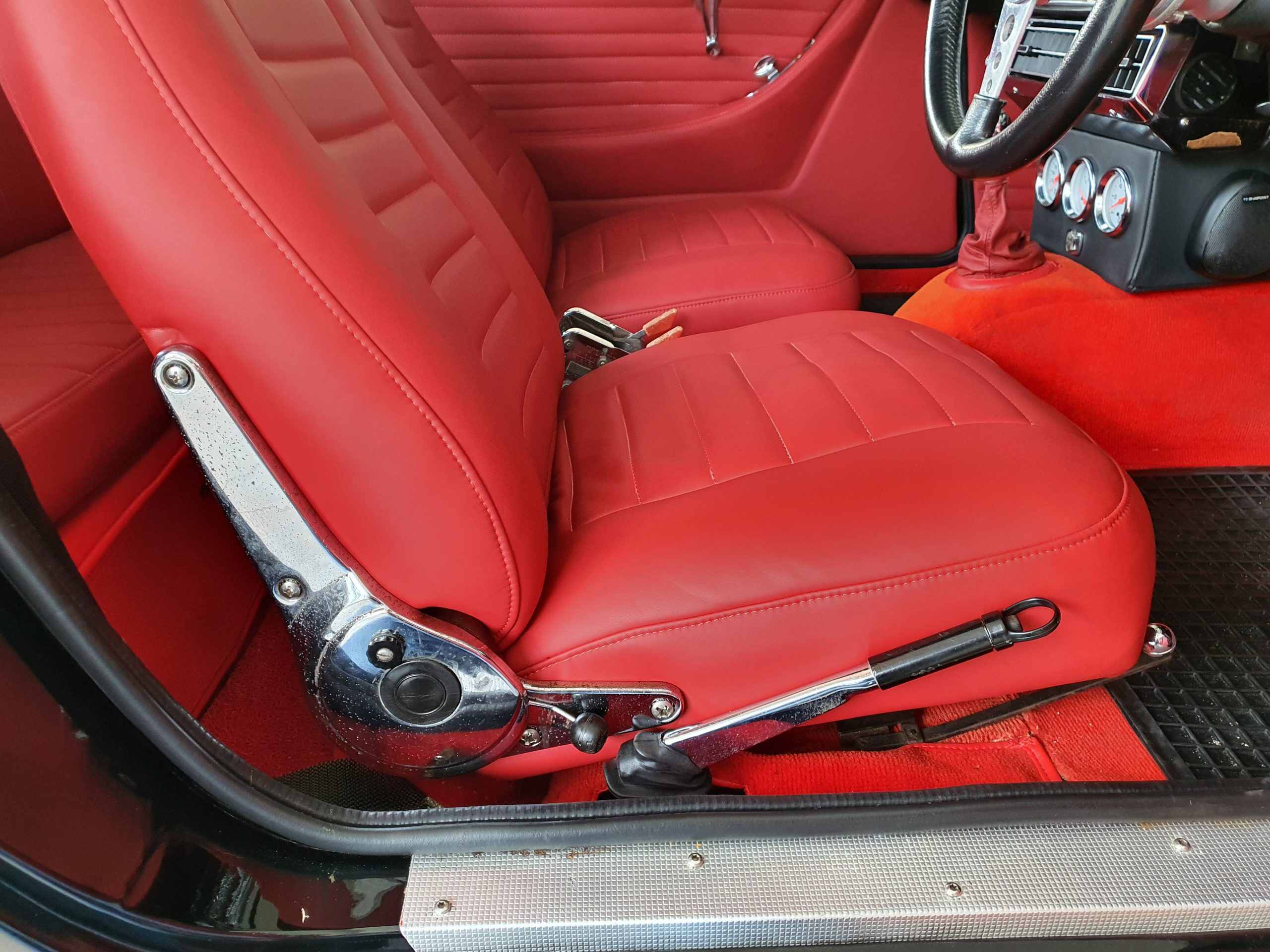
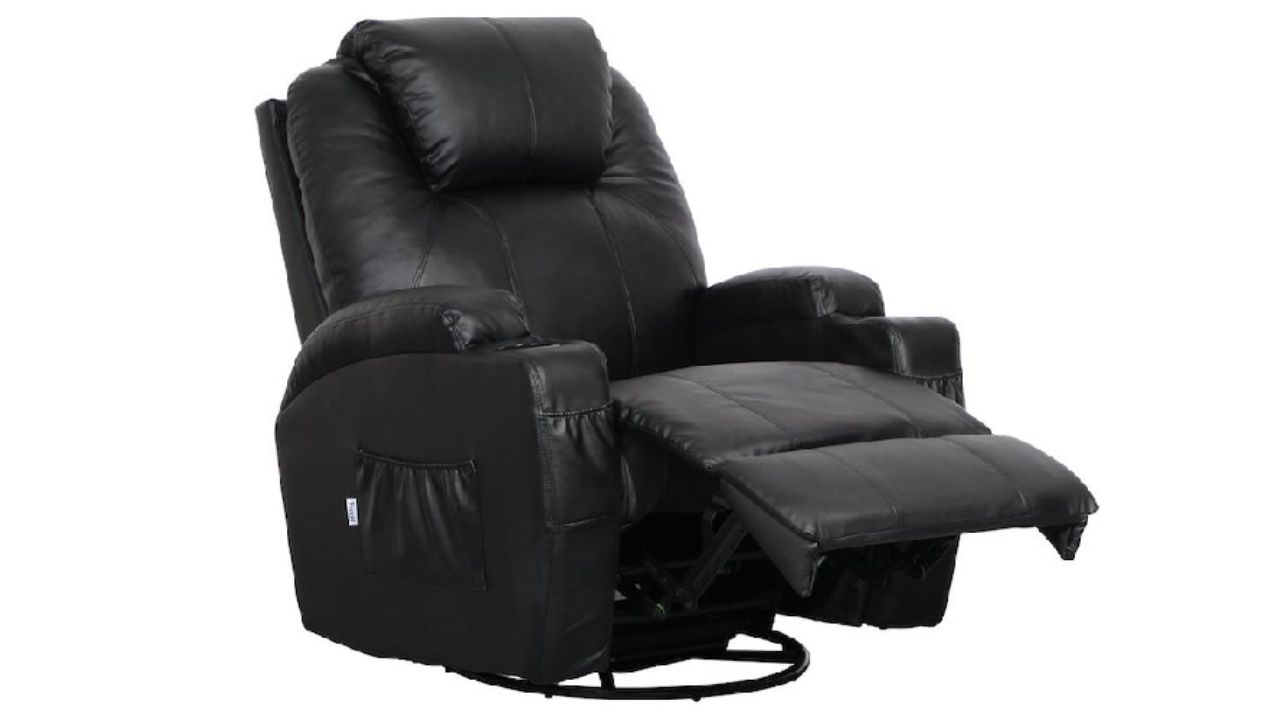
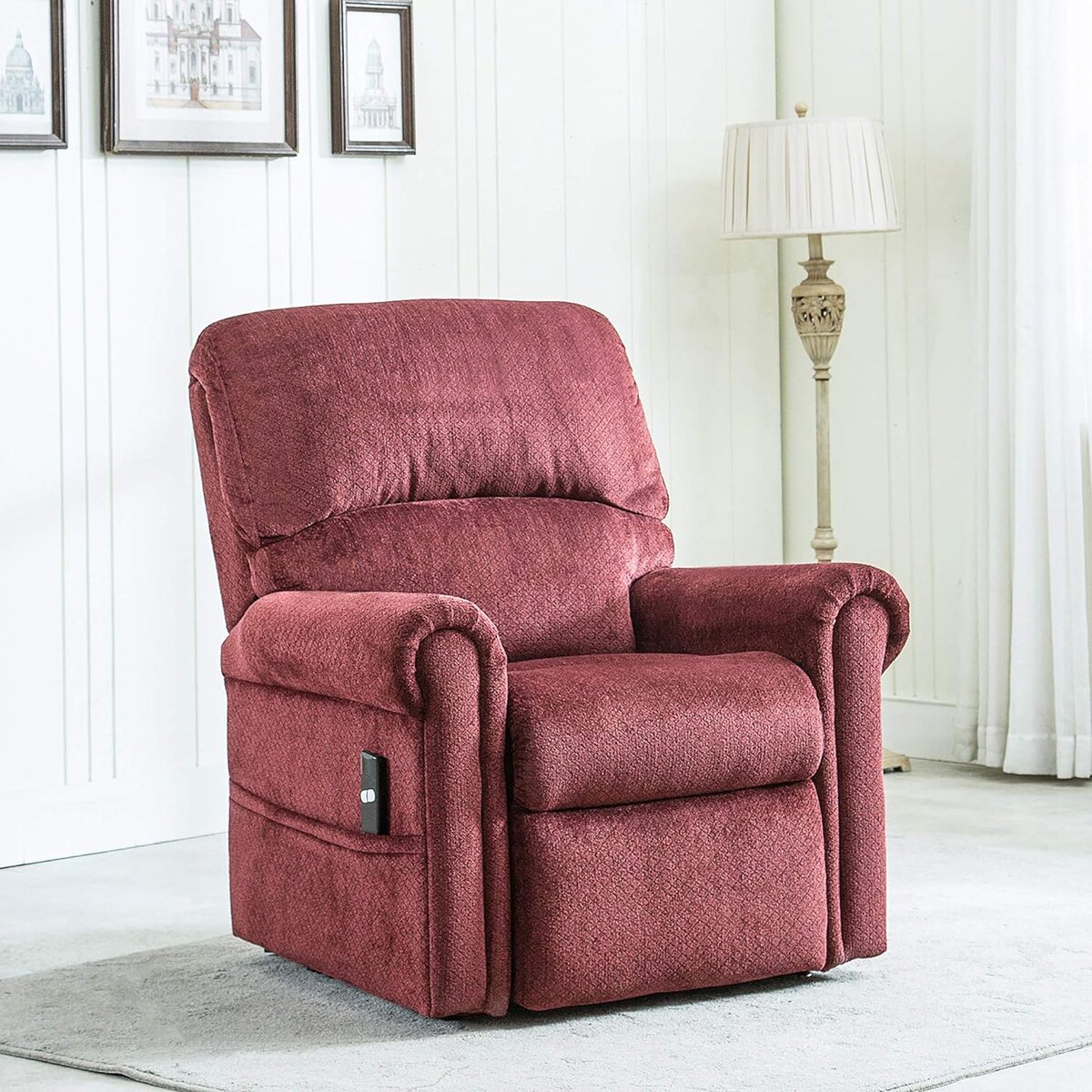

0 thoughts on “How To Fix A Electric Recliner”